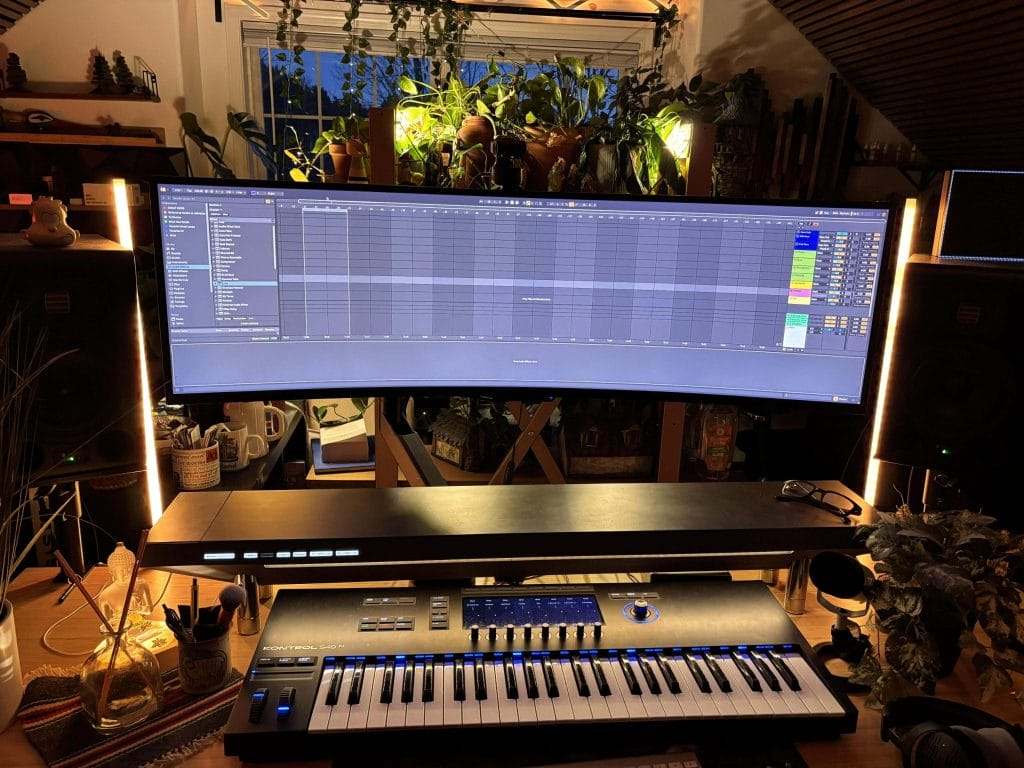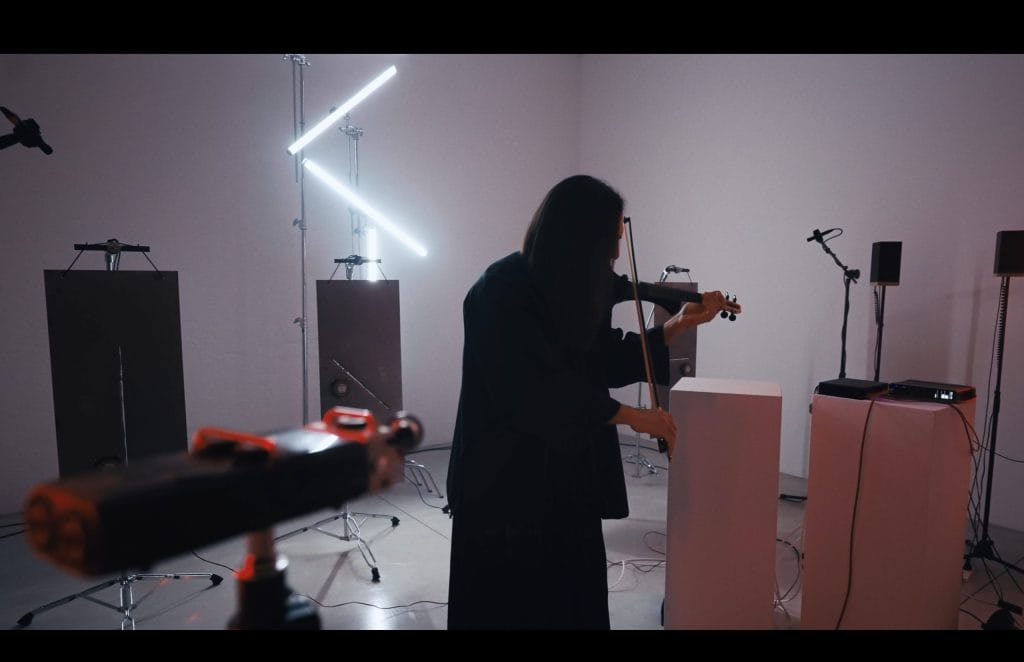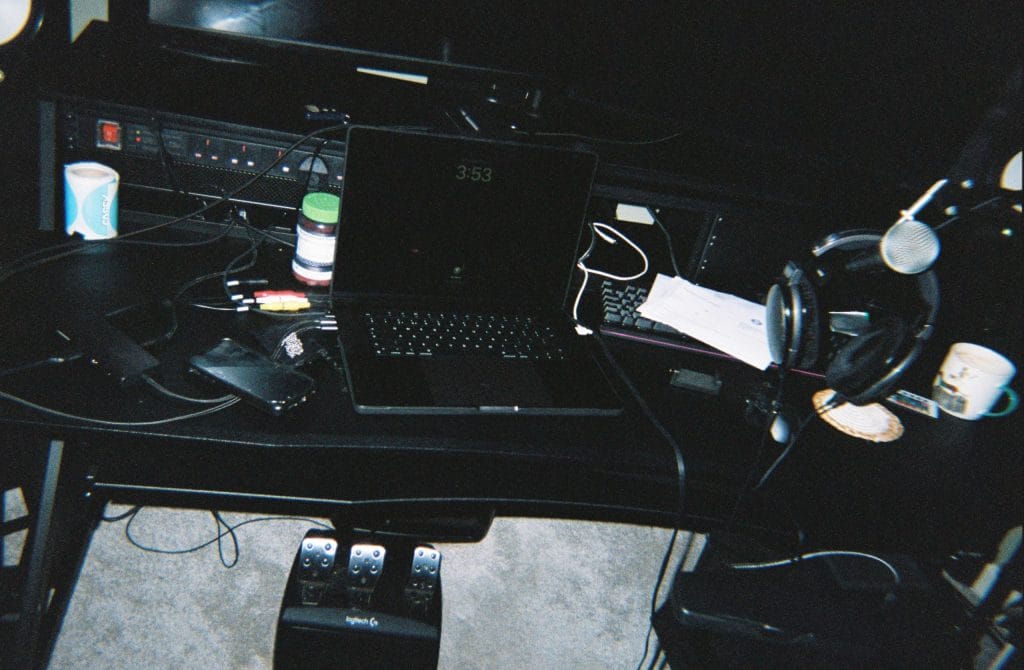Casey Club take us through their extra wobbly, potent new EP production
Dubstep is very much back on our radar in 2025… After shaking off some of the stereotypes of years gone by, it’s a genre that is very much on the up again. One of the pioneers of the sound in 2025 is UK Based duo Casey Club, igniting the dubstep scene with their explosive new “Grill” EP, released via the iconic UKF Music. On the forefront of the evolving dubstep revolution, Casey Club blends deep basslines, garage swing, and off-kilter rhythms to create a sound that’s both authentic and cutting-edge. Their hybrid approach has already garnered significant attention, with previous singles “Brostep Flow” and “White Claw Wobbler” dominating the Beatport Dubstep Top 100.With support from industry heavyweights like Four Tet and Chase and Status, Casey Club’s club-ready sound is making waves. Their momentum isn’t just confined to digital platforms; they’re taking their high-energy performances to the live stage, with appearances alongside Taiki Nulight and Flava D,
EXPLORE MORE HOW IT’S MADE PIECES HERE
Casey Club take us through their new project and explain their meat and potatoes approach to dubstep production below
Serum
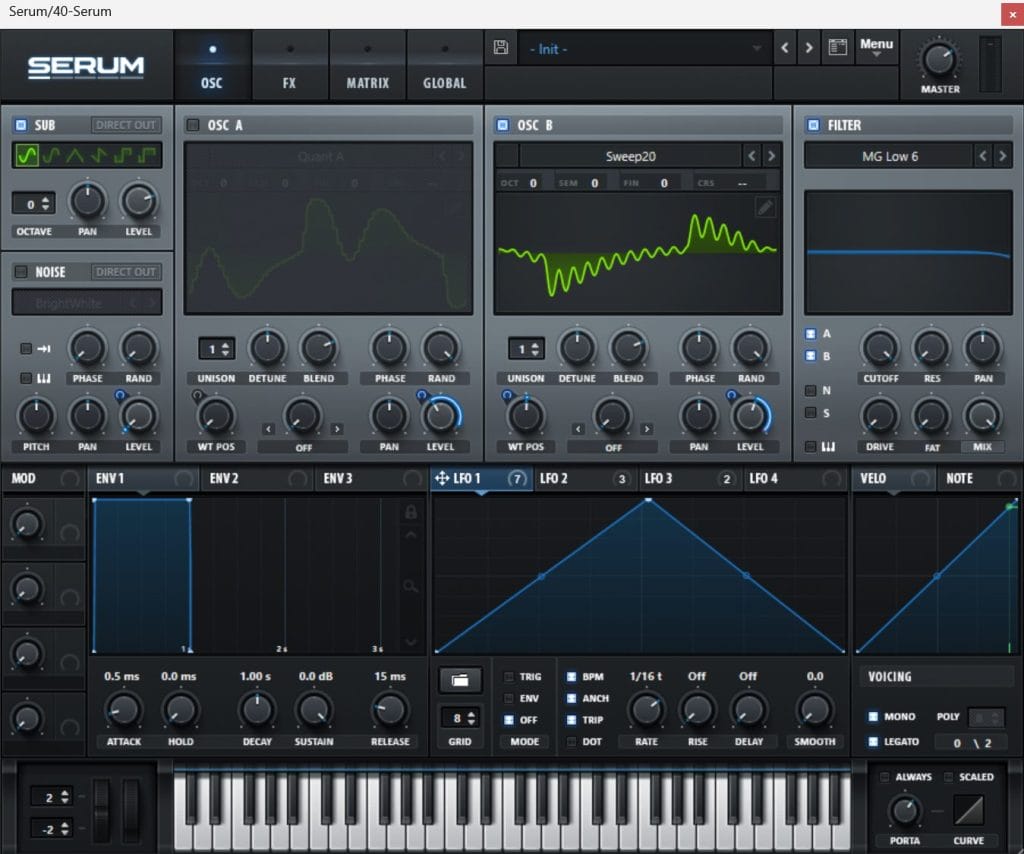
I’m a pretty meat-and-potatoes kinda guy when it comes to sound design. That’s why I usually stick with Serum (on version 2 now). There are other synths like Phaseplant that technically do more, and I really want to dive back into Massive again at some point, but Serum just feels like home to me.
Most of the sounds I make use wavetables I’ve “borrowed” from presets and then saved as custom waves. I’ve also got a bunch of wavetables—probably from old Reddit forums or something—that come from other synths like Massive or Korg stuff. I’ve always found the best way for me to get sound designing is to start with a wicked wavetable and then push it to accentuate certain characteristics.
In this example, most of the sound comes from a wavetable that already has quite a vocal character, even before any processing. Then I’ve used a formant filter and some post-processing to really push that mouthy quality. The wavetable is being cycled through, giving it that movement at the start of the sound. I’ve also added a 1/16t LFO to modulate the volume of the wavetable, the OTT/multiband compressor mix, and the Dimension mix in the FX section. This last bit is what gives it that fluttery feel—although sometimes I’ll do that in post using ShaperBox, so I can place it at the end of the chain. That can give a cleaner result depending on the context.
Erosion
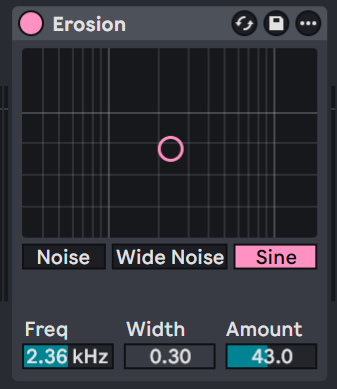
As I said—meat and potatoes! This stock plugin is so good. I’ve seen a lot of people online talk about my sounds and be like, “Here’s the formant filter again,” but most of the time it’s actually Erosion on the sine setting. That’s usually how I get that “yoi” sound I’ve been into lately.
Honestly, I’ve got no idea what it’s actually doing. I think it generates a tone and then applies some kind of weird filtering or resonance that creates two peaks, kind of like a formant filter—but it also sounds like there’s a bit of bitcrushing happening too. You can tweak it using the freq and amount knobs, but I usually just drag the pink circle around and see what happens. You can get some super weird stuff in the low end, and sometimes you can even use it like a poor man’s “Fresh Air” to add sparkle to the top of a synth. If you’re feeling fancy, stack two Erosions in a row and get really wild with it.
Another way I use Erosion is on the wide noise setting. I’ll add that just to bring some stereo noise into the top end. It works best when there’s already a loud fundamental in the sub range. You’ll hear this all over modern dubstep—especially with those “pigeon” basses!
Saturn
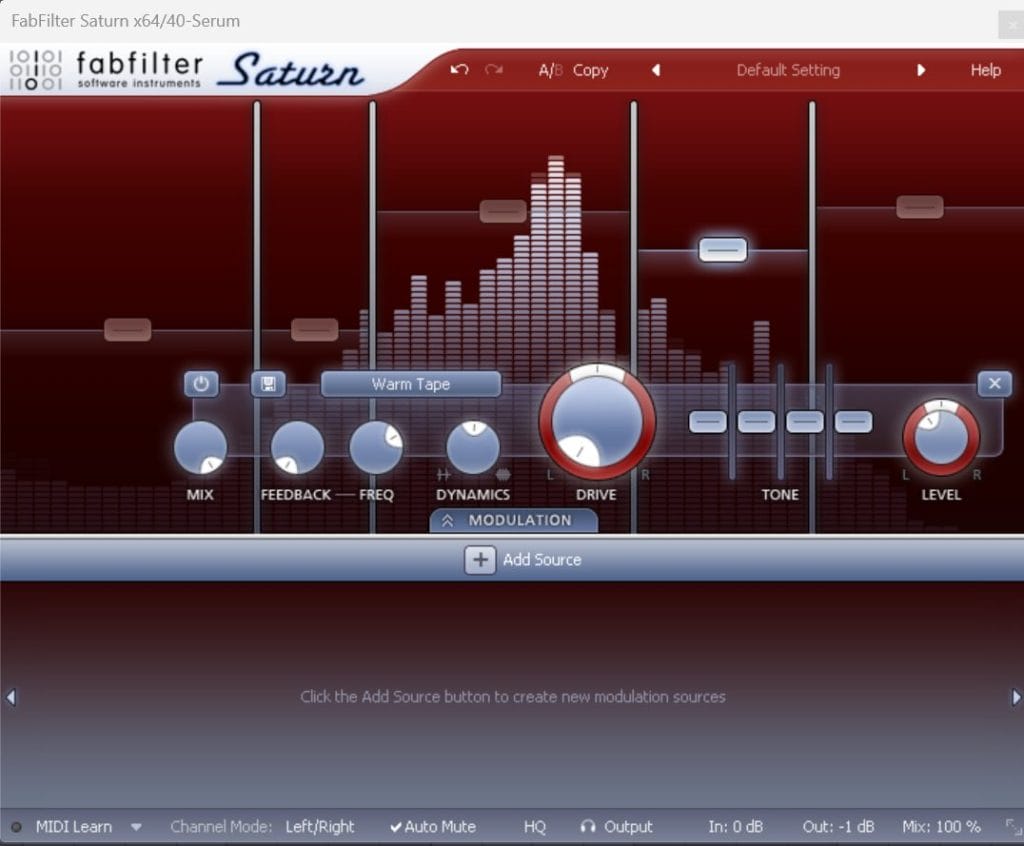
Again—super simple. Saturn is an absolute weapon when used right. It’s basically a multiband distortion unit with flexible banding. Within each band, you can control the signal level, drive amount, and even split it further in the Tone section.
The way I usually use it—and how I used it in this example—is to isolate specific parts of the sound I want to push, then increase the band volume. That hits the distortion harder since Saturn won’t output above -1 dB.
In the screenshot, you’ll see I’ve isolated the main harmonic in the bass and boosted that. Another cool thing: if you’re lazy like me, you can use Saturn as a kind of EQ. In this case, I’ve used it to cut the lows. Is it linear phase or “correct”? Probably not. But it works! This is probably the single most powerful plugin I use outside of synths. I’ve upgraded to Saturn 2 now, but the OG version still absolutely slaps.
Tips
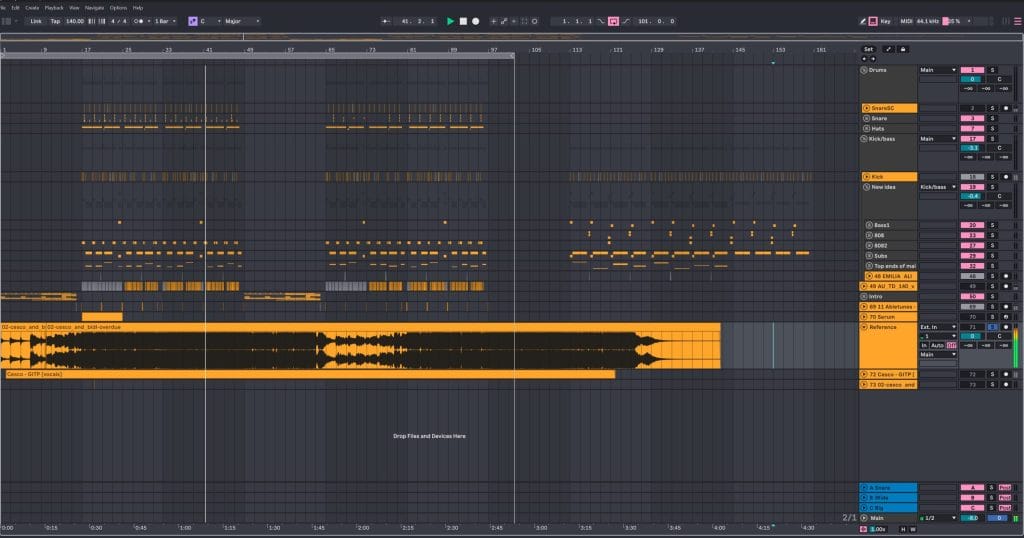
Tip #1: Dubstep feels like a super open genre to me. There’s still a ton of unexplored space—especially in the UK scene. I think it’s at its strongest when producers borrow from other genres.
Tip #2: One interesting thing lately has been watching how the US reacts to Skrillex’s take on UK dubstep, and how others are now following his lead. The difference is that Skrillex has clearly studied the source material—whereas a lot of others haven’t. If you want to go far in this sound, I’d recommend digging into the UK roots a bit more. And don’t sleep on our biggest export: drum and bass.
Tip #3: Snares are super important in dubstep. I’d recommend checking out drum and bass snares—how they’re layered and placed in the mix. Personally, I sidechain everything to my snare to some degree to really make it pop.Tip #4: Even though it’s not a 4×4 genre, kicks are still crucial—they anchor the track. Play around with where you place them in the phrase; it can completely change the vibe of a drop depending on where the kick lands.
Connect with Casey Club: Instagram | TikTok
The post HOW IT’S MADE: CASEY CLUB – GRILL (UKF MUSIC) appeared first on Magnetic Magazine.



